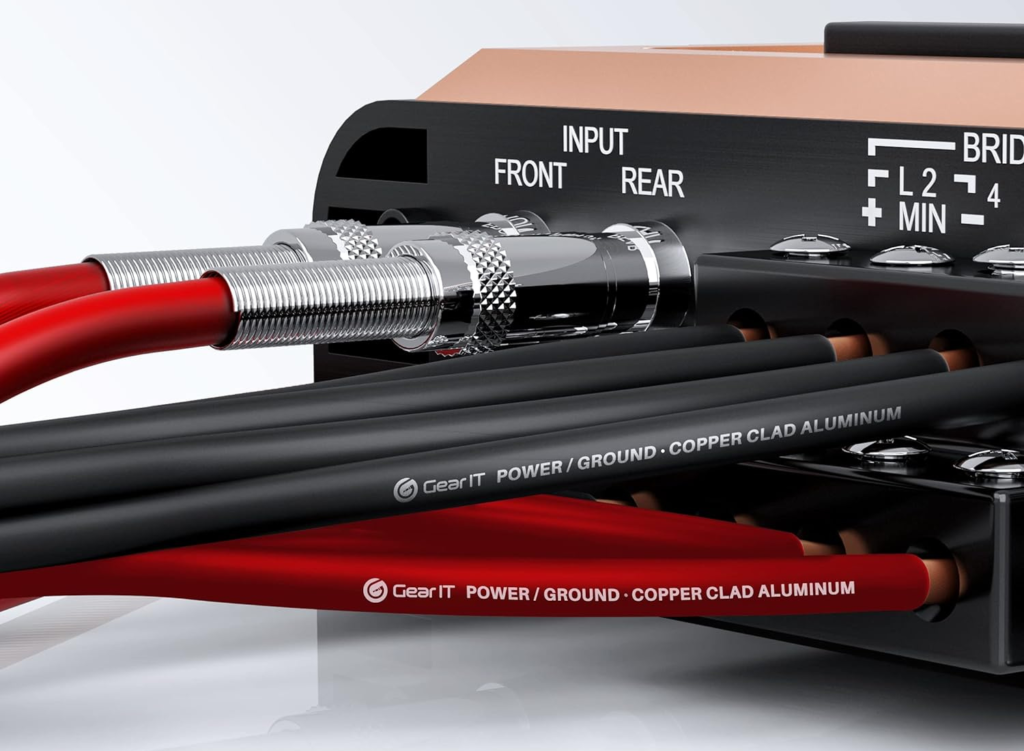
When you’re working on electrical projects, choosing the right wire is important, and one of the most common choices is 10 gauge wire. Whether you’re wiring a house or setting up a big appliance, understanding how to use gauge wire can make a big difference in how safe and efficient your work is.
In this blog, we’ll explore what makes 10 gauge wire special, where to use it, and why it matters. By the end, you’ll know when gauge wire is the right choice and how it fits into different electrical projects, from small DIY tasks to larger professional jobs.
What is 10 Gauge Wire Understanding Its Importance
10 gauge wire is a type of electrical wire that is commonly used for both residential and commercial projects. It refers to the thickness of the wire, with “gauge” being a standard unit of measurement in the wire industry. The smaller the gauge number, the thicker the wire. So gauge wire is thicker than, for example, a 14 gauge wire.
This type of wire is essential because its thickness allows it to carry more current without overheating. Whether you’re working on a big home renovation project or installing new appliances, using the right size wire is critical for safety and efficiency. With gauge wire, you can handle more demanding electrical tasks, making it a popular choice in many situations.
You’ll often find gauge wire in wiring for large appliances like washers, dryers, and air conditioners. It’s thick enough to handle the high power these machines need but still flexible enough for installation. That balance makes it an important option in both professional and DIY electrical projects.
When to Use 10 Gauge Wire: A Beginner’s Guide
Knowing when to use 10 gauge wire is important for any electrical project. You don’t want to choose a wire that’s too thin, as it can lead to overheating and potential hazards. For most medium-sized electrical tasks, like powering a heavy-duty appliance, gauge wire is a safe and effective choice.
The thicker the wire, the more current it can safely carry. For example, if you’re installing an electric dryer or a water heater, gauge wire is typically recommended. These appliances pull a lot of electricity, and this wire can handle the load without causing overheating or damaging the electrical system.
Additionally, it’s good to check local building codes or consult a professional to ensure gauge wire is appropriate for your specific project. This way, you’re not only ensuring safety but also making sure you’re following the rules for your area. Proper wire sizing is always key to a successful project.
10 Gauge Wire vs. Other Wire Sizes: Which One Do You Need
One common question is, “Why should I choose 10 gauge wire over other sizes?” The answer lies in the amount of current different wires can handle. Compared to thinner wires like 12 or 14 gauge, gauge wire can carry more electricity safely. This makes it the go-to option for high-demand appliances.
For smaller projects, you may not need such a thick wire. For example, a lamp or a small fan might only require a 14 gauge wire. However, for heavier equipment like an air conditioner or oven, gauge wire is a better choice because of its ability to safely carry more power without overheating or causing damage.
It’s important to choose the right wire size for each project. Using a wire that’s too thin can lead to dangerous situations, while using a wire that’s too thick may not fit into certain spaces or could cost more than necessary. Always match your wire size to the needs of your electrical project.
Common Applications of 10 Gauge Wire in Homes and Businesses
You’ll often see 10 gauge wire in larger home and business electrical projects. It’s frequently used for wiring air conditioners, electric dryers, and other large appliances. These devices need more power, and gauge wire can handle that load, ensuring the system runs smoothly and safely.
In business settings, gauge wire might be used for more extensive electrical installations, like in warehouses or office buildings. For example, if there’s a need to power multiple large machines or heavy-duty equipment, this wire is a solid option. It provides the reliability and safety needed for such high-energy tasks.
Beyond appliances, gauge wire is also common in wiring for home renovations or upgrades. If you’re adding an outdoor lighting system, new kitchen appliances, or a dedicated workshop space, using this thicker wire can help ensure your electrical system remains stable and safe under the increased load.
How to Safely Install 10 Gauge Wire: A Step-by-Step Guide
Installing 10 gauge wire correctly is important to avoid electrical issues. Before starting, always ensure the power to your work area is turned off. Begin by carefully measuring the length of wire you’ll need for your project. Too much slack can lead to excess wire hanging, while too little can cause tension and damage the connection.
Start by stripping the insulation off the ends of the wire, exposing enough metal to make a secure connection. Attach the wire to the designated terminals, making sure the screws are tight but not over-tightened. This will keep the wire from slipping out while also protecting it from being damaged.
Next, secure the wire along its path, either using staples or ties, depending on whether it’s being installed inside a wall or running along a surface. Finally, after everything is connected, double-check your work to ensure everything is secure. Once done, turn the power back on and test the connection to make sure everything works properly. Safety is always a top priority when working with electrical wiring.
Tools You’ll Need:
- Wire stripper
- Electrical tape
- Screwdriver
- Voltage tester
Conclusion
Understanding and using gauge wire in your electrical projects is important for safety and efficiency. It’s strong enough to handle high-power appliances but flexible enough for easy installation. Whether you’re doing a small home upgrade or a big professional job, knowing when to use gauge wire will help make your project go smoothly.
Always remember to match the wire size to the power needs of your devices and follow local codes for safety. Using the right wire not only keeps your system working well but also helps prevent dangerous issues like overheating. With this guide, you’re ready to use gauge wire for your next project with confidence!
FAQs
Q: What is 10 gauge wire used for?
A: 10 gauge wire is commonly used for high-power appliances like electric dryers, water heaters, and air conditioners.
Q: Can I use 10 gauge wire for outlets?
A: It depends on the load. For standard outlets, 12 or 14 gauge wire is more common. 10 gauge wire is used for heavier electrical loads.
Q: Is 10 gauge wire thicker than 12 gauge wire?
A: Yes, 10 gauge wire is thicker than 12 gauge wire. The smaller the number, the thicker the wire.
Q: How much current can 10 gauge wire handle?
A: 10 gauge wire can handle up to 30 amps, making it suitable for larger appliances that require more power.
Q: Can I install 10 gauge wire by myself?
A: Yes, but it’s important to follow safety guidelines and local electrical codes. If you’re unsure, it’s best to consult a professional.





